Did you know there is a pebble-collector in each of us? And yes, you are also one!
Someone who, when away from the trappings of civilisation, looks down and around at Namibia’s extraordinary world of rock, and is dazzled.
Namibia is an open history book of geology and geomorphology. And, to put that in simple terms – the carpet of stones that we see at our feet and in the hills and mountains around us have a long, fascinating and ancient history. They have been around for more years than we can imagine and were formed by major Earth cataclysms,intense heat and pressure, or carried thousands of kilometres by ancient river systems, and then sculpted by wind and water over millions of years before they eventually settled on the rich floor of the country. It’s a dramatic, powerful and patient history that continues at every moment at the slow pace of eternity. And, it’s one which we usually overlook, except when we have the rare opportunity to escape out into nature and tune into the heartbeat of the land.
Walking through the Fish River Canyon in Namibia is taking a journey through time. When we pick up a stone, we are holding millions of years of history in our hands. It is something that you can easily do on the Canyon Klipspringer slackpacking trail. Away from work and without cell-phone and cyber-world connection, I had the opportunity to look down at the stones and find my Earth connection once again.
I noticed that each stone has its own story to tell. Perhaps it is a sedimentary stone, deposited millions of years ago by an ancient riverto end up in the depths of the Fish River Canyon,or metamorphic rock slowly eroded from the canyon walls.Stones that previously looked brown and ordinary, suddenly started to take on another appearance and hold a different kind of meaning.
It was one of the most relaxing times I have spent, walking on the pebble plain below Horseshoe Camp, built on the rim of the canyon, and noticing the rich Earth history at my feet. When we reached the plain, the group split up to walk on our own for an hour and choose a few stones. We selected ones that spoke to us, that revealed a beauty, that moved us or those that simply felt friendly or good to the touch.
We forgot about everything, lost in our own worlds, and got to our knees to better see and feel the stones. Then we took them up to the camp. In the late afternoon when we had showered and were sitting outside the rustic stone cabin, we took out our small collections to share them with our companions.
We tried to imagine the stories each stone held. There were all sorts: dolerite, sandstone, quartz, limestone, conglomerates, jasper, sedimentary stone, granite – and maybe even a diamond or two (or so we wished). They were little rock treasures - stones with a greenor red shimmer, stones polished to a sheen with desert varnish, heart-shaped stones, smooth, silky stones and stones sandblasted or carved into patterns over time. We put them together and were charmed by their unexpected beauty. We had nearly walked over them on our rush to get to the camp.
When we left to return to the city in the morning, we left most of them there, although some made their way home to be cherished on shelvesin our houses or offices. Sometimes in life, we realised, its best just to appreciate things in the moment.
As I had discovered on the beaches south of Swakopmund, the stones washed by the waves quickly lose their shine when taken out of the water and dried. Some, like those found on the canyon floor, made excellent skipping stones, to skip across the river, or to be admired and then put back on the ground and left where they belong.
Even though it has been years since that particular Klipspringer trail, when we collected our special stones, I still have fond recollections of skipping stones on the river, of walking across the pebble plain with my eyes to the ground. And, although I didn’t keep all the stones, I have kept the rich images of Earth treasure that we shared amongst ourselves on top of the second largest canyon in the world.
Have you discovered that you are a pebble-collector at heart? If not, give it a try.
If you have, please share a photo of your favourite pebble collection with us, wherever that may be: on your window-sill, desk top or office shelf or tucked into your rockery or a corner patch of your flower garden.
Author : Mannfred Goldbeck

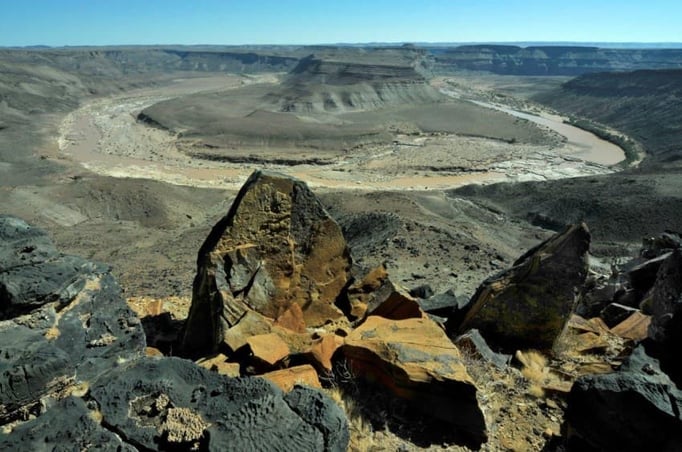
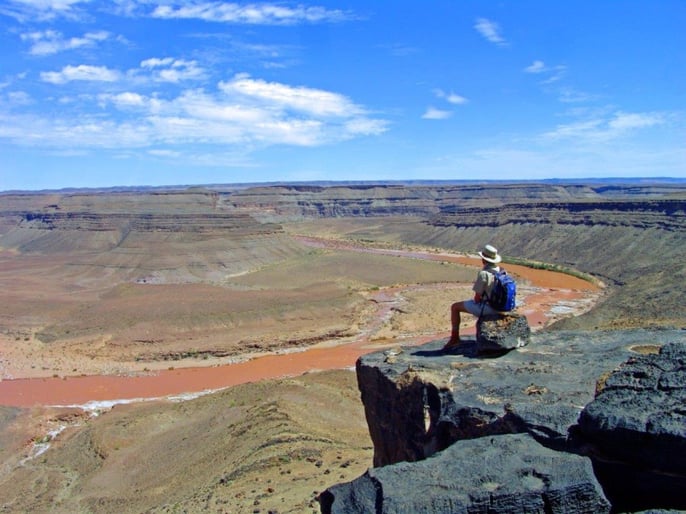
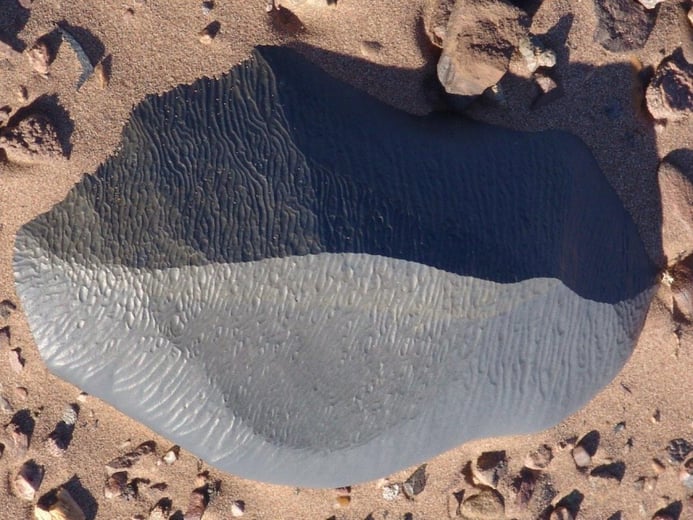
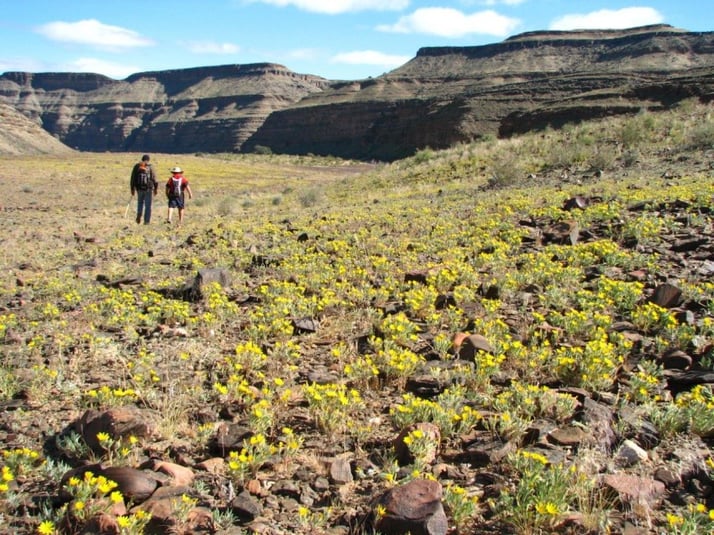

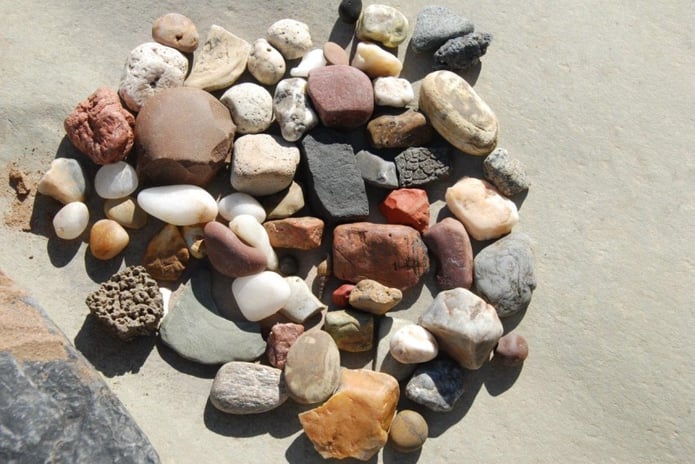
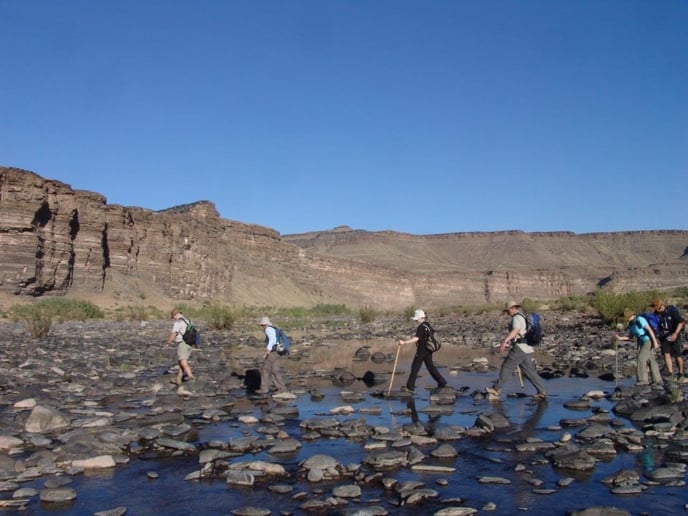
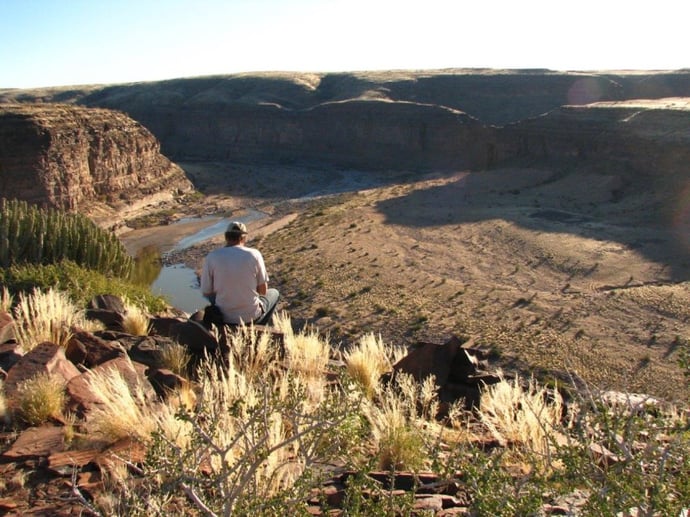
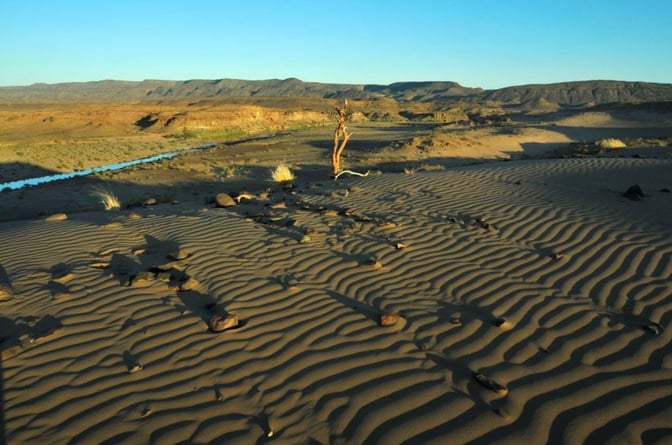

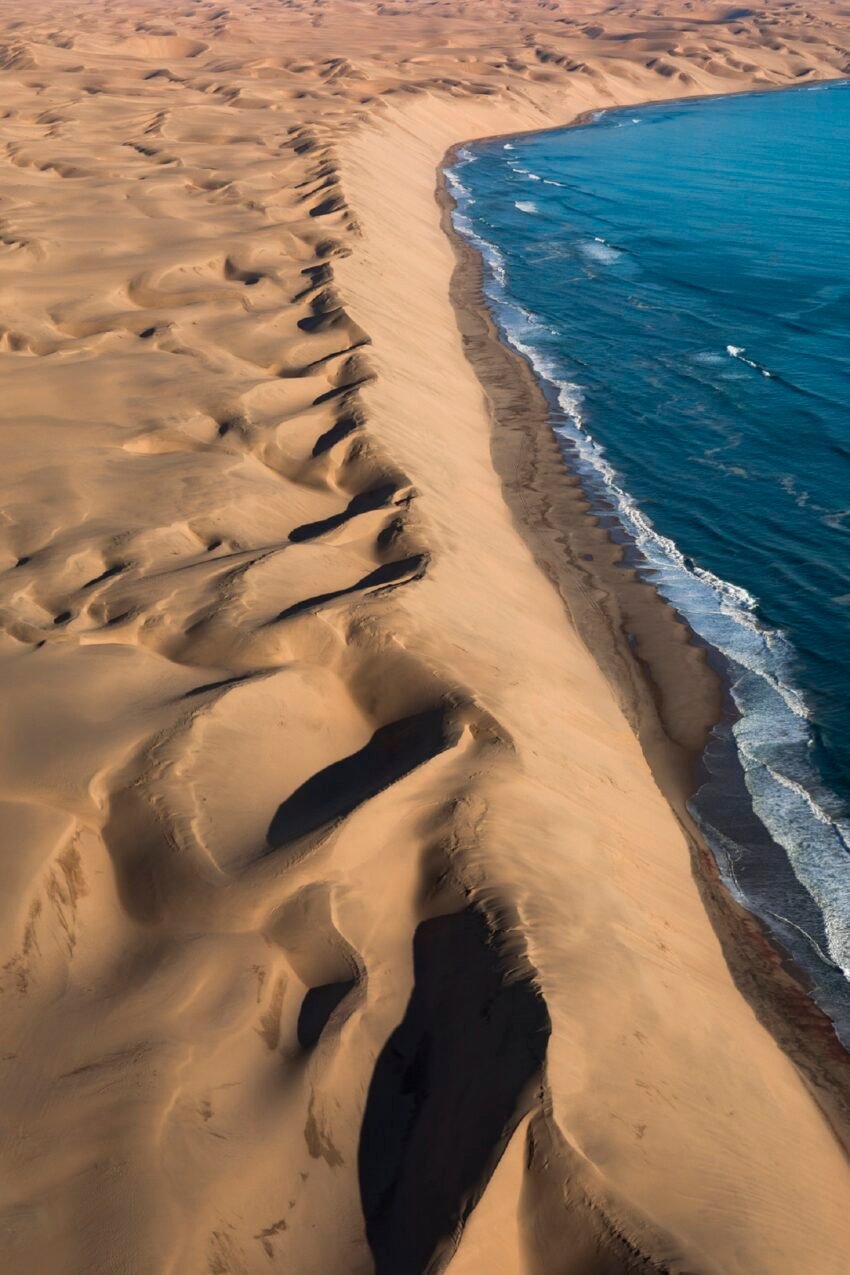
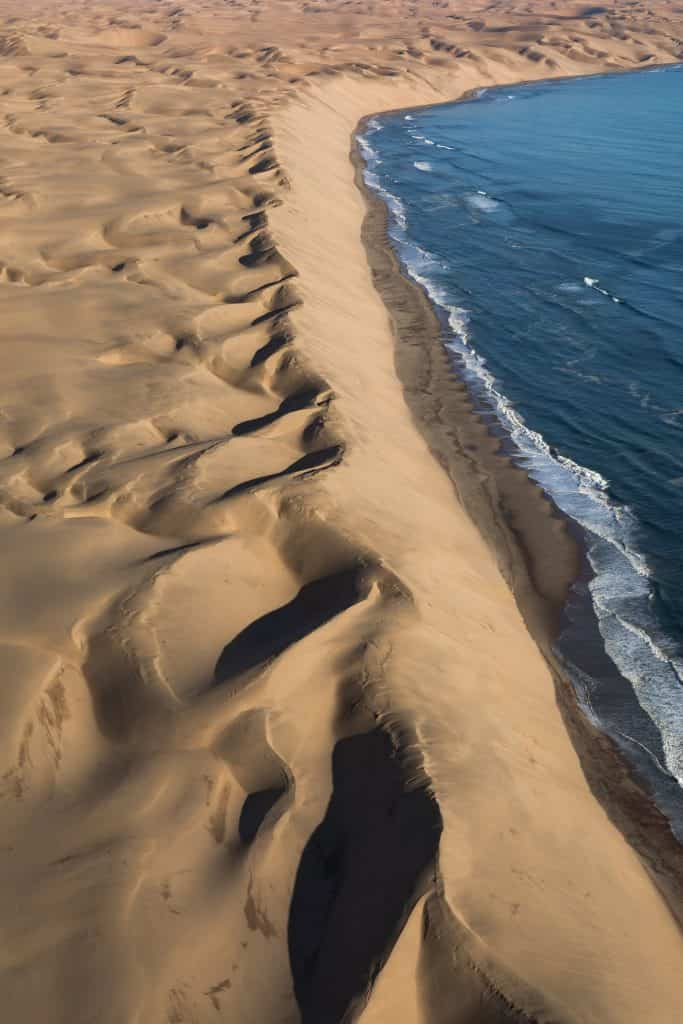
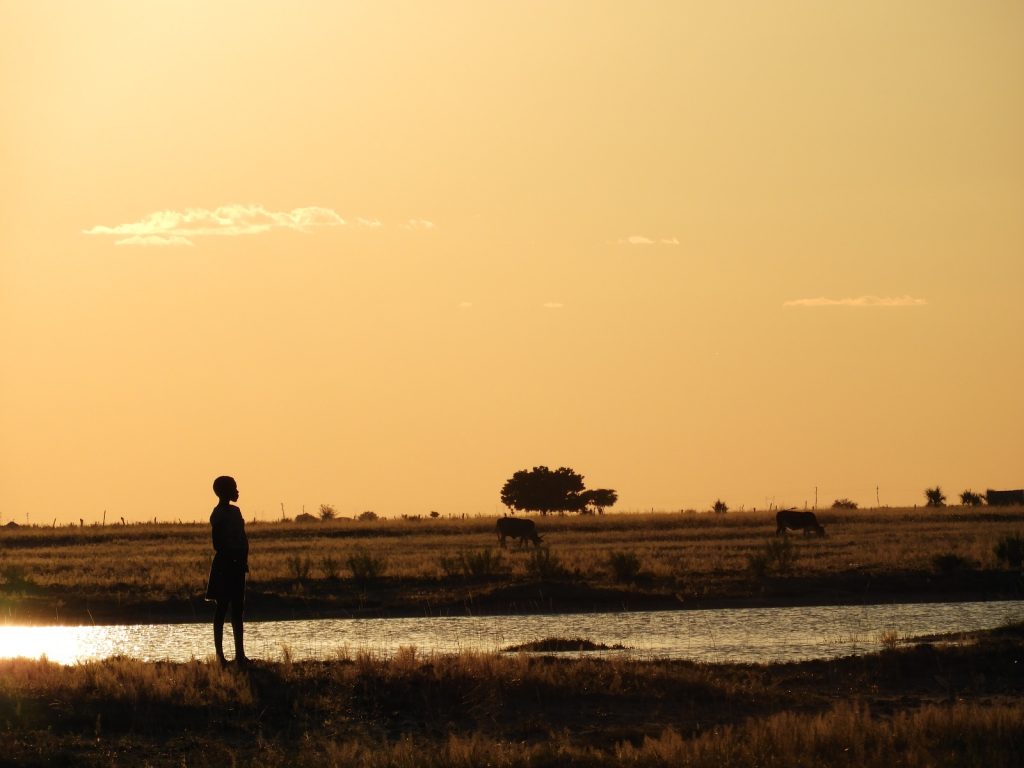

SUBMIT YOUR COMMENT